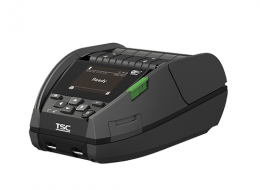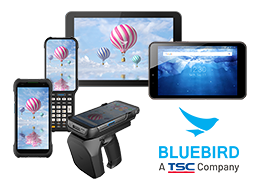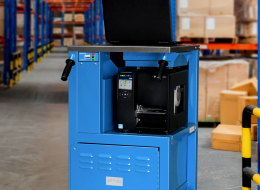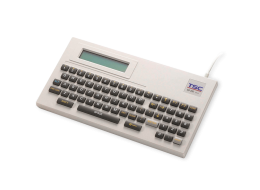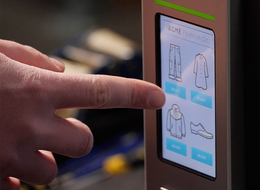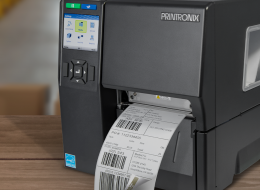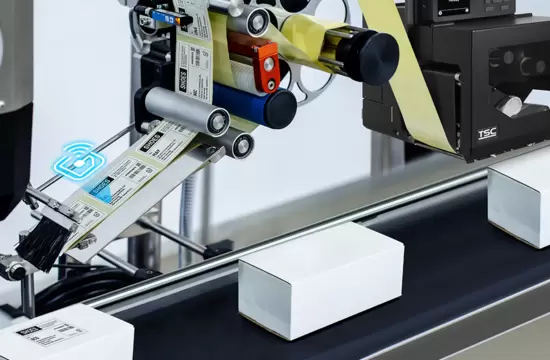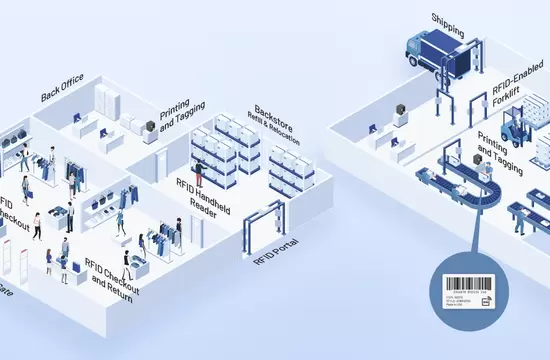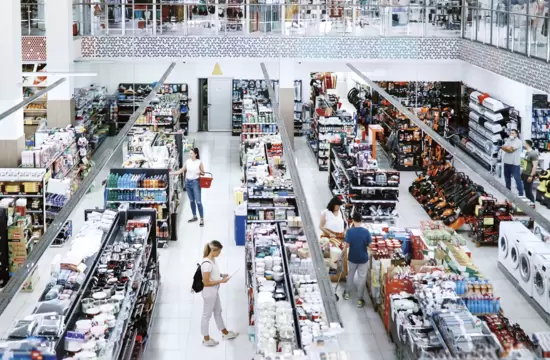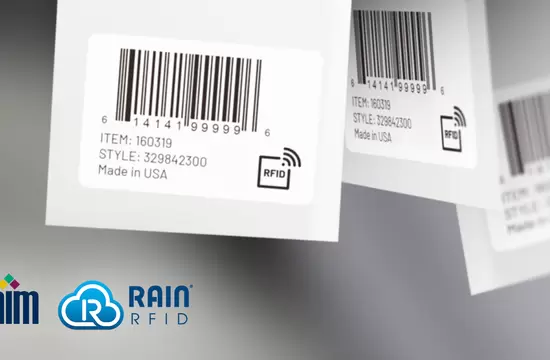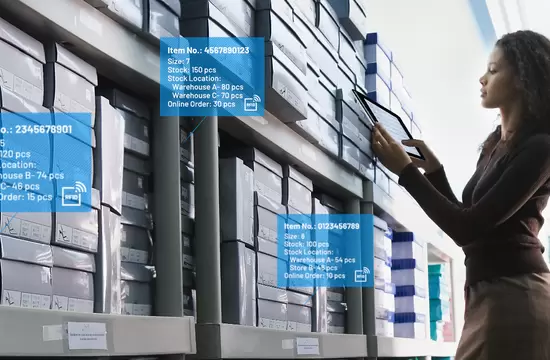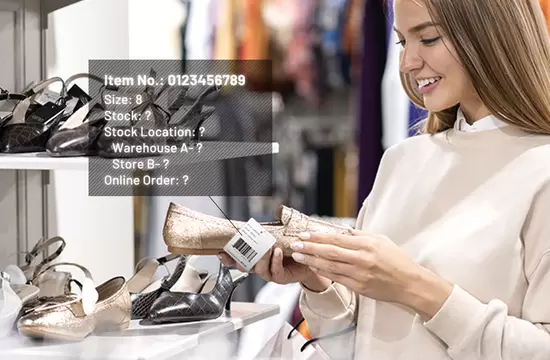RFID
Automotive
1429
/en/blog/automotive
Barcode Inspection
418
/en/blog/barcode-inspection
Cannabis
1430
/en/blog/cannabis
Company News
415
/en/taxonomy/term/415
Entertainment & Hospitality
1428
/en/blog/entertainment-hospitality
Events and Tradeshows
1421
/en/blog/events-and-tradeshows
Food & Beverage
1426
/en/blog/food-beverage
Healthcare
1425
/en/blog/healthcare
High Resolution
414
/en/blog/high-resolution
Industry Trends
1419
/en/blog/industry-trends
Manufacturing
1424
/en/blog/manufacturing
Mobile Printing
1420
/en/blog/mobile-printing
Remote Printer Management
1432
/en/blog/remote-printer-management
Retail
1423
/en/blog/retail
Retail
1435
/en/blog/retail-0
RFID
416
/en/blog/rfid
Software Solutions
1433
/en/blog/software-solutions
Standalone
419
/en/blog/standalone
Supplies
417
/en/taxonomy/term/417
Tips & Best Practices
1431
/en/blog/tips-best-practices
Transportation & Logistics
1422
/en/blog/transportation-logistics
Warehouse & Fulfillment
1427
/en/blog/warehouse-fulfillment
Did you know that many industries, including retail, healthcare, logistics, and manufacturing, are increasingly adopting RFID technology? The driving force behind this is their desire to streamline operations with automated data collection and real-time visibility.
Most businesses need effective inventory control and management. Companies across industries are seeking ways to gain real-time visibility and increase control over their inventory for better management. RFID technology can effectively help enterprises track and manage assets ranging from production equipment to shipping cases, commodities, and more.
4 Remarkable Features of the 4-Inch PEX-2000 Print Engine You Should Know About
Rising demand for automation and complex labeling applications has made automatic labeling grow in importance across various industries.
The Importance of Selecting the Right RFID Partners and Printers for Your Retail E-Commerce Projects
Whether you are a retailer, supplier, or intermediary such as a logistics partner, the importance of selecting the right RFID partners, printers and equipment cannot be overstated. RFID is complex. In a recent RFID presentation from the world’s leading retailer, their overriding message was, “RFID is difficult but worth it.” This means that selecting the right partners and equipment is often the critical difference between success and failure.
As a supplier, we hope you are ready to begin applying RFID labels to your products for your retail customers. In this blog, we’ll detail the steps you need to follow to properly tag your items with RFID.
Do you supply products to a major retailer? If so, your customer might have mandated you begin RFID-tagging your products. What are some RFID basics to help you comply with this requirement?
Items with RFID labels are now arriving at your brick-and-mortar stores. Hopefully, you view this as great news. What do you need to keep in mind to take advantage of these newly tagged items?
Successful RAIN RFID implementations in the retail industry depend on global standards to ensure that products are trackable across the value chain from the manufacturer through logistics partners and ultimately to the retailer. Regardless of the tags and equipment in use, who encoded the tags, or who is reading the tags, actors and trading partners in the retail value chain rely on standards to ensure interoperability.
In our previous blog, we outlined some of the challenges retailers and suppliers face when implementing e-commerce operations. From inventory management to choosing the most efficient labeling supplies, there’s a lot to consider when integrating e-commerce operations into your enterprise. In this blog, we will take a look at how RFID can help solve some of those challenges.
It’s virtually impossible to ignore the increase in retail e-commerce over the past five years. Even before COVID, e-commerce was accelerating rapidly. The limitations imposed during the pandemic not only accelerated e-commerce operations at an even faster rate but also made these operations business-critical for many retailers.

